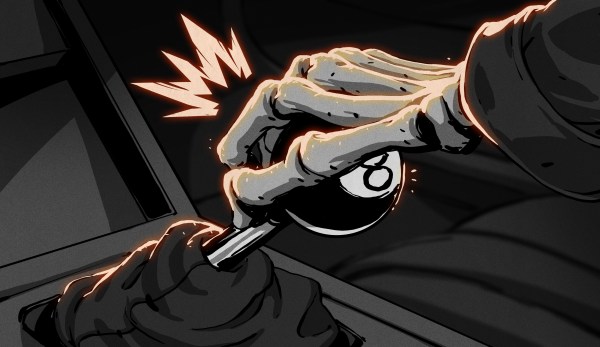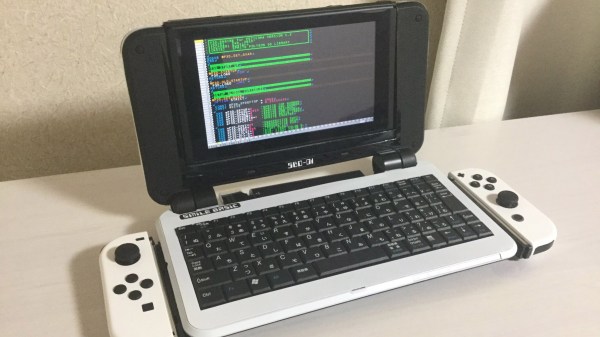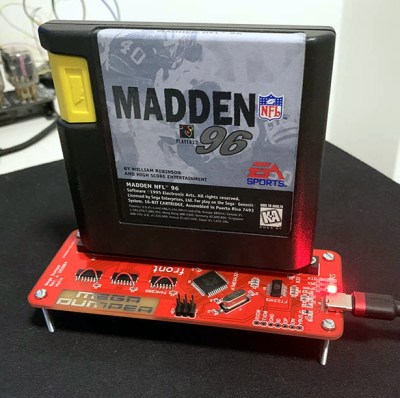It seems that stick shift has become a sticking point, at least for American car buyers. Throughout 2019, less than 2% of all the cars sold in the US had a manual transmission. This sad picture includes everything from cute two-seater commuters to — surprisingly enough — multi-million dollar super cars built for ultimate performance.
But aside from enthusiasts like myself, it seems no one cares too much about this shift away from manual transmissions. According to this video report by CNBC (embedded below), the fact that demand is in free-fall suggests that Americans on the whole just don’t enjoy driving stick anymore. And it stands to reason that as more and more people live their lives without learning to drive them, there would be a decline in the number of teachers and proponents. It’s a supply and demand problem starring the chicken and the egg.
But giving up the stick is one more example of giving up control over the vehicle. It’s not something everyone cares about, but those that do care a lot. Let’s grind through the ebb and flow of the manual transmission — more lovingly called the stick shift.















